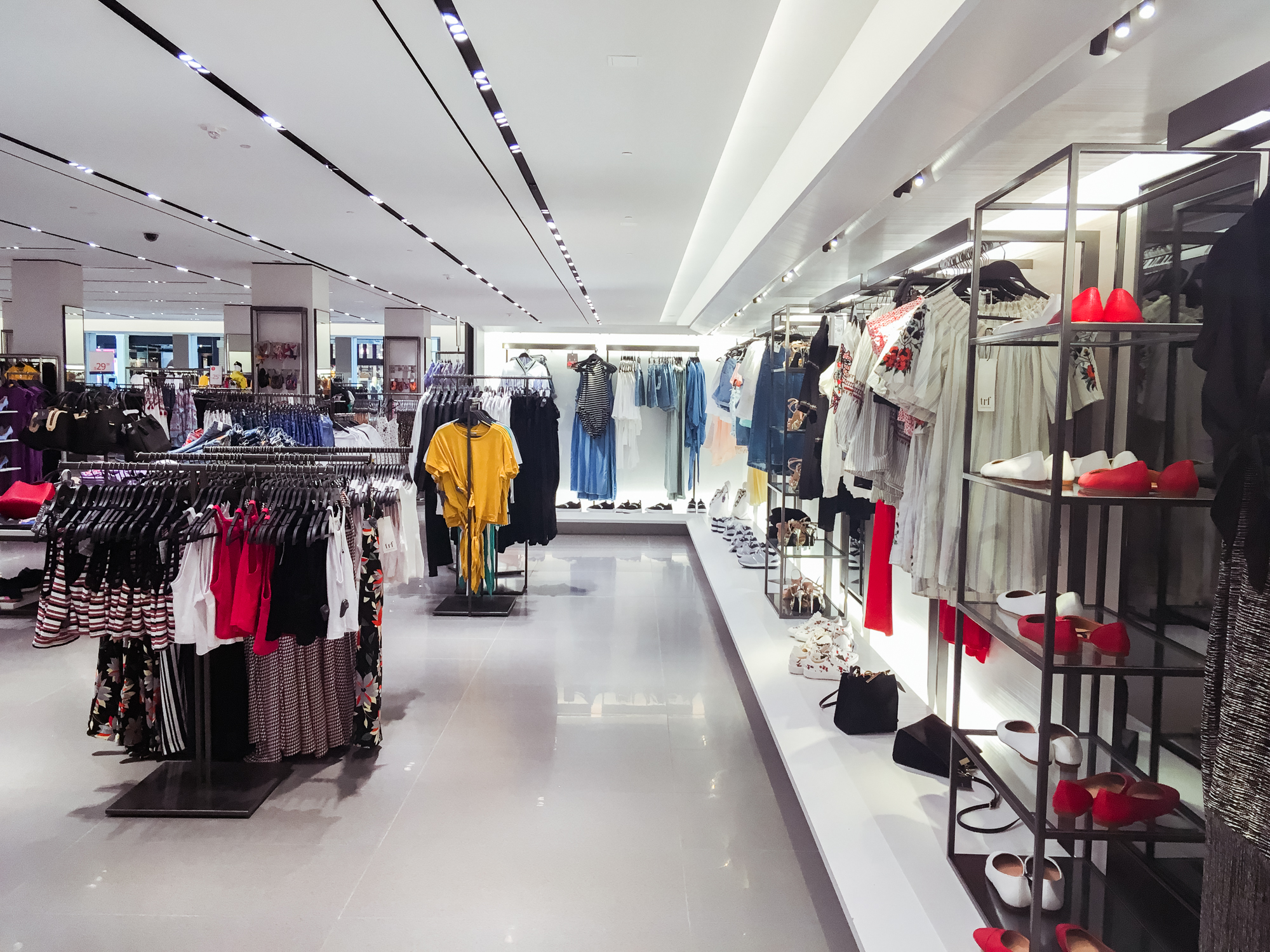- Zara is rolling out a ship-from-store service to 2,000 of its stores.
- If an item is out of stock online but available in a store nearby, customers will be able to order it from there and have it shipped directly.
- This new system allows the company to have a better handle on inventory levels.
Zara is making its stores count in the race online.
The Inditex-owned chain is rolling out a new system to ship online orders directly from certain stores, The Wall Street Journal reported.
If an item is out of stock online but available in a store nearby, customers will be able to order it from there and have it shipped directly.
According to the Journal, this new system will be launched by the end of the year in 2,000 stores around the world, including in the United States.
"This is something very, very strategic for us, this idea of full integration between store and online stockrooms," Inditex chairman and CEO Pablo Isla told analysts in June.
The benefits of this new system are expected to be threefold: Customers are more likely to receive items more quickly if they live closer to the store, stores can stay relevant in the era of online shopping, and Zara can better manage its inventory levels.
These quicker delivery options will be critical for Zara in staving off its competition such as fast-fashion retailer Asos or, more recently, Amazon, which is digging its heels further into the apparel market and offering speedy shipping times.
But perhaps most crucially, it allows Zara to keep a handle on its inventory levels, which is one of the biggest issues plaguing the retail sector.
The constant pressure for newness, driven by online rivals such as Asos and Boohoo rolling out thousands of new items every week, has meant that brick-and-mortar retailers are forced to keep up or risk falling out of fashion. In some cases, it's left them drowning in inventory.
H&M is an extreme example of this. The company has a mountain of nearly $4 billion in unsold clothes, which are either new items on the way to stores or those hanging on clearance racks.
By combining the inventory between its physical and online stores, Zara is able to meet demand with supply across both platforms at the same time, and not risk having lots of stock left over in either one.

